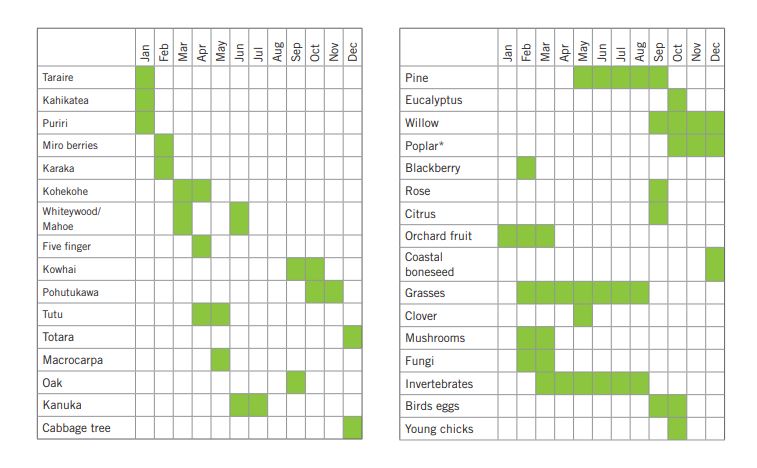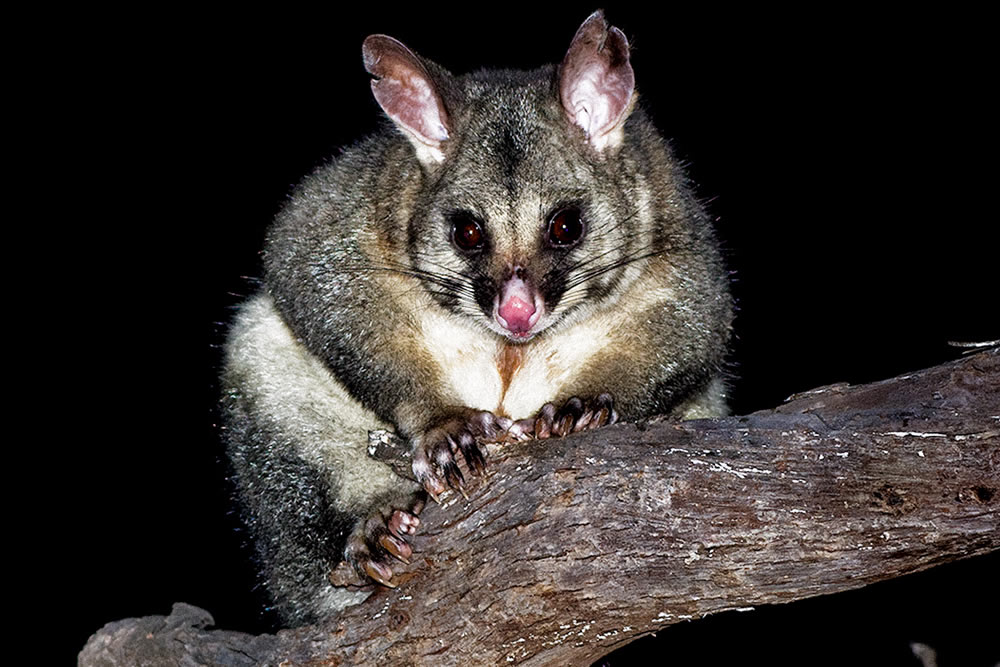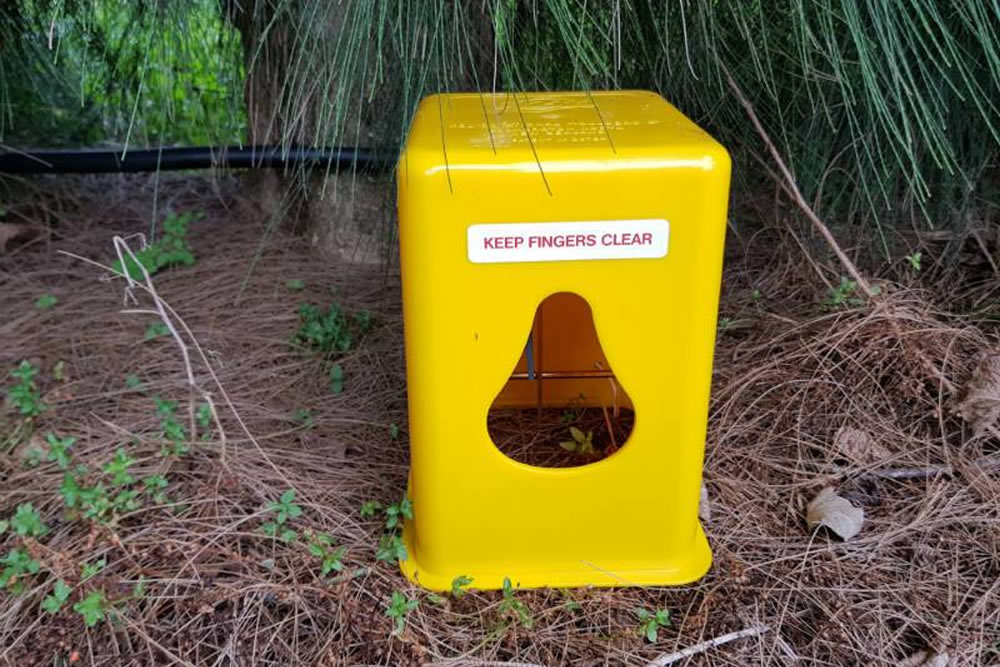Possums were first introduced to New Zealand from Australia in 1837 to establish a fur trade. This release was unsuccessful and a second release 20 years later at the same Southland location was required before they were able to establish.
What’s the Problem?
- Possums have a significant impact on many of New Zealand’s natural ecosystems. They occur in high numbers and their predators, mostly feral cats, do not have much effect on controlling the size of the population.
- Possums threaten New Zealand’s ecology because they can increase to population densities where their browsing pressure can defoliate canopy and understorey vegetation. They often have ‘favourites’ (such as mistletoe, rātā, tree fuschia or kāmahi trees), leading to an even greater impact on these species.
- Possums damage our native forests by browsing on foliage, flowers and fruit, especially of some preferred plant species. Their browsing can reduce flowering and fruiting, kill trees, and result in forest canopy collapse. The forest’s ability to regenerate is reduced because fewer seeds are produced.
- They prey on our native fauna and compete with native birds and reptiles for food sources such as nectar.
- Possums can carry by Bovine Tuberculosis (Bovine Tb) and spread to cattle and deer herds. Possums also compete with stock for grazing. 6-7 possums are estimated to eat as much pasture as one sheep.
Habitat
- Possums are nocturnal and can live anywhere where there is shelter and a varied food supply.
- Possums live in dens. Dens are typically sited above ground in dark, dry places such as under floors or inside walls or roofs of houses and sheds, under tree roots, in hollow logs, holes in banks, perching plants, or in clumps of flax, gorse and bracken fern.
- Possums are widespread and known to inhabit pastoral land, beech forest, podocarp forest, and sub-alpine areas. Densest populations occur in mixed hardwood forest and forest/pasture margins and can be as high as 25 per ha. The margins where forest meets pasture can also support very dense populations.
Behaviour
- The home range of a male possum is 0.7–3.4 ha, a female is 0.6–2.7 ha
- Possums, while mainly herbivorous (feeding on leaves but also eating buds, flowers, fruit/berries and nectar) are opportunistic omnivores, readily eating most food they come across in their environment, including eggs, chicks and invertebrates.
- They are nocturnal and usually venture out of their dens to feed just after sunset. They spend most of their time in trees and approx. 10–15% of their time on the ground.
- Juvenile females will establish territories close to their mothers, but juvenile males shift further away. Male possums prospecting new territories are often caught in traps.
- They have a lifespan of around nine years and reach full reproductive maturity at between 1 and 2 years of age.
- Breeding occurs from late March until early May, with a gestation period of 17-19 days. In some locations, a second breeding season occurs in spring. Usually only one ‘joey’ is born at a time, though twins do occur occasionally. Joeys spend 5 months in the mothers pouch, then young possums become independent at 6–9 months old.
Identification
- Males and females are similar in size; between 650 and 930 mm, including a tail of 250 to 405 mm. That is about the size of a cat. Adults weigh between 1. 4 and 6.4 kg.
- Possums have a furry body, with a long prehensile (can hold on to things) bushy tail for climbing. They have a pointed snout with pink nose and long dark whiskers and brown eyes. The large pointed ears are furless on the inside. Possum fur is fluffy grey or dark brown on the head, back and tail and white or dirty yellow on the belly and there are several colour forms.
- Mature possums have a brown stain (the sternal gland) between their front legs. The front legs are shorter than the hind legs. Front paws are rather hand-like, and rear paws rather longer with a pair of fused digits.
Possum Browsing Calendar

Possum Facts

Possums damage our native forests by browsing on foliage, flowers and fruit. They also prey on our native fauna and compete with native birds and reptiles for food sources such as nectar
Possum Traps

You might have seen the industry workhorse, the Timms trap, but there are many more effective traps available these days. Our guide will help choose the trap that’s right for you.
Possum Trapping Tips

Possums spend around 85% of their time in trees, have a poor sense of smell, and males vs females have very different behavior. Here’s our possum trapping tips.
Let’s work together to help reWild Wainui!
Join our community initiative to reduce Weeds, remove Pests and replant Natives.